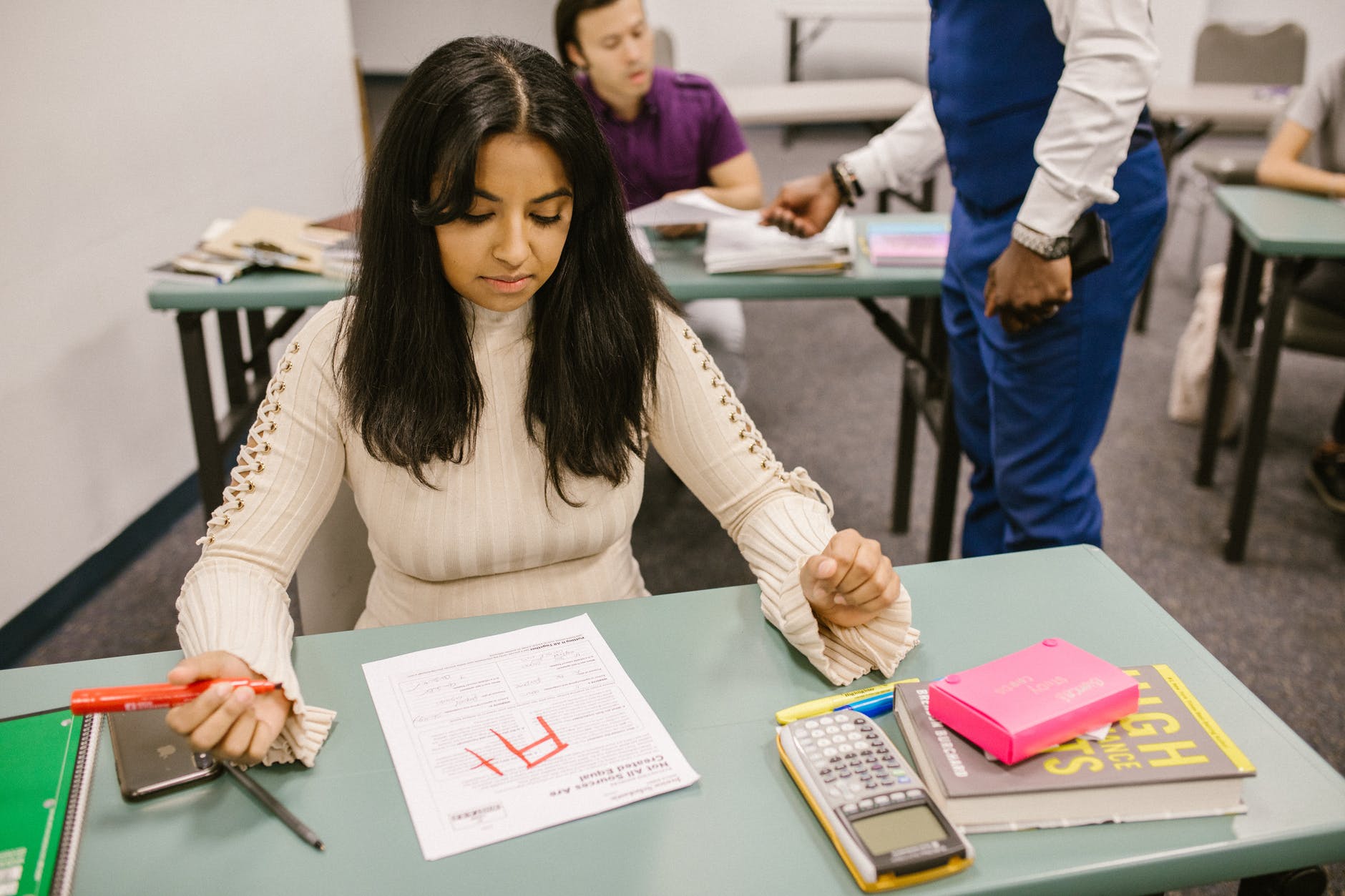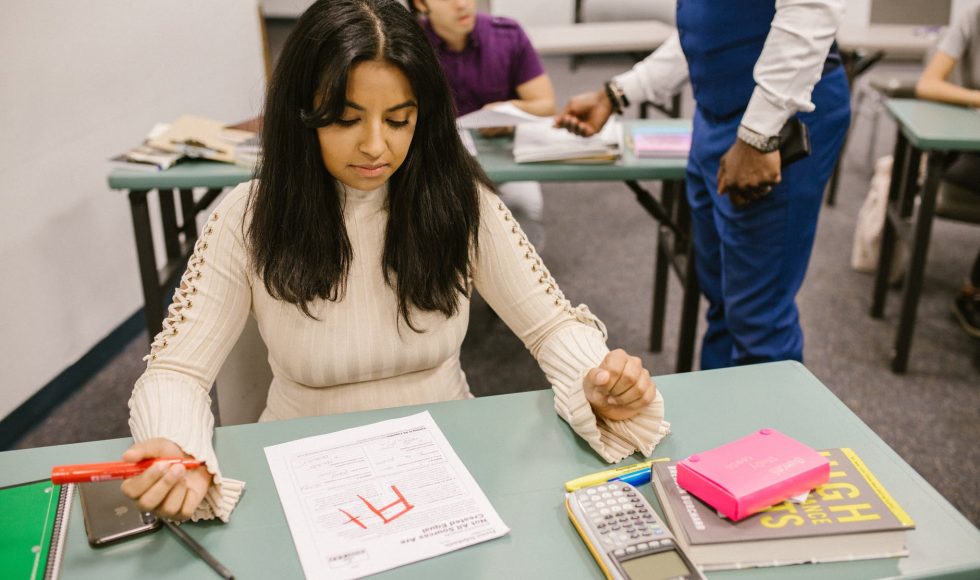I had a busy week with virtual summer undergraduate research activities and meetings. Several great discussions today about composting, institutional policies, and teacher talk kept me going as well as fantastic student presentations. Karen Pezzolla from Bloomfield College and Michelle Anderson from Aquinas College were next on my list of 2021 Lilly Conference online presentations to watch. Their asynchronous session was entitled “Implementing Student Self-Assessment to Motivate and Enhance Achievement.” Self assessment was described by Pezolla and mentioned that it allows students to feel some control over their evaluation and share their voice. Pezzola discussed that we should be discussing self-assessment more with students. Pezzola and Anderson talked about educational challenges they had and how they incorporated self-assessment. Anderson talked about implementing a feedback and reflection loop. For microteaching demonstrations, participants review rating scale when planning demonstration, conduct mini-lesson with the class (5-10 minutes), reflect on experience and give feedback to peers, and review peer feedback and submit reflection. The self-reflective part had two parts: reaction to peer feedback and self-reflection (“respond with notes about your own microteaching”). Self-reflection on peer feedback varied and some agreed with comments. Pezzola’s activity was a reflective essay to reflect on their goals and monitor their progress. They used a survey with five questions about the assignment and reflecting on the process. Although only five participants returned the survey, some indicated that the self-reflection helped them realize how much they learned and what areas need to be addressed. Pezzola will build in time for formative assessment, include accountability, revise the rubric, and spend more time at the beginning of the semester discussing textual evidence. The presenters used two questions that could be used as powerful prompts for self-assessment:
- What do you know that you didn’t know before?
- What can you do now that you couldn’t do before?
The speakers also compared their approaches using rubrics, checklists… and more. Pezzola used a four-point rubric and is considering a single-point rubric including only a description of successful work. Pezzola plans to meet with students to create a rubric and also, with Anderson, work on an action research project. Anderson also wants to create a rating scale and provide more detailed checklists. Both want to continue modeling and improving how self-assessment is used in their courses. This session brought to mind the importance of not only using self-assessment as part of assignments, but also being a reflective teacher and improving how the self-assessment is incorporated and assessed. This also, in a way, ties into ungrading and shifting the emphasis from grades to students checking their work and reflecting on the process. I enjoyed this short talk!



